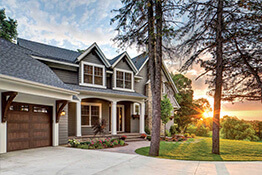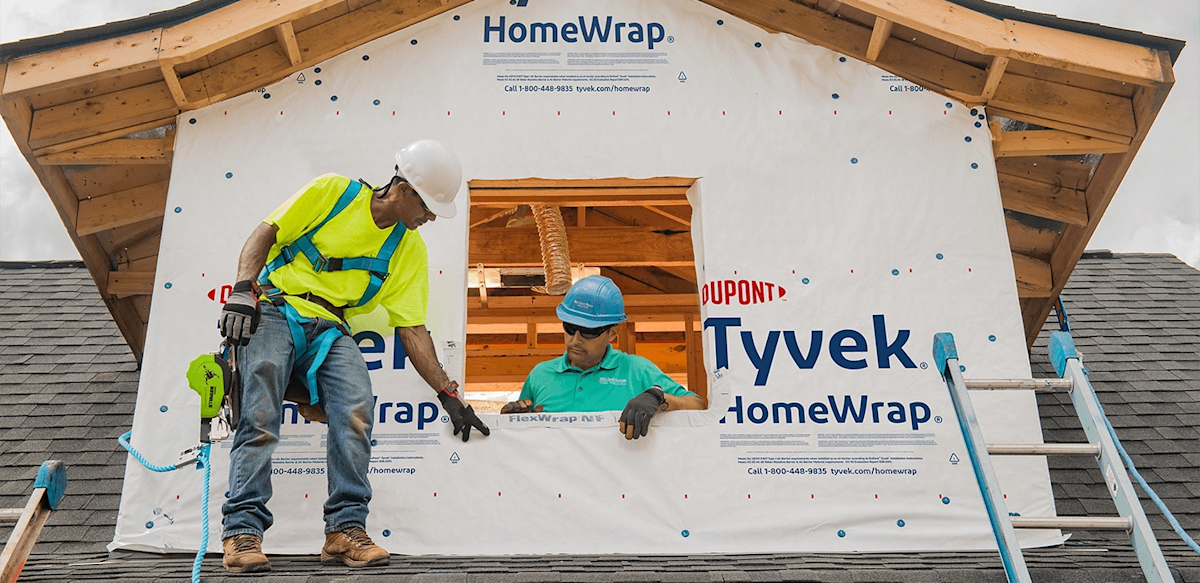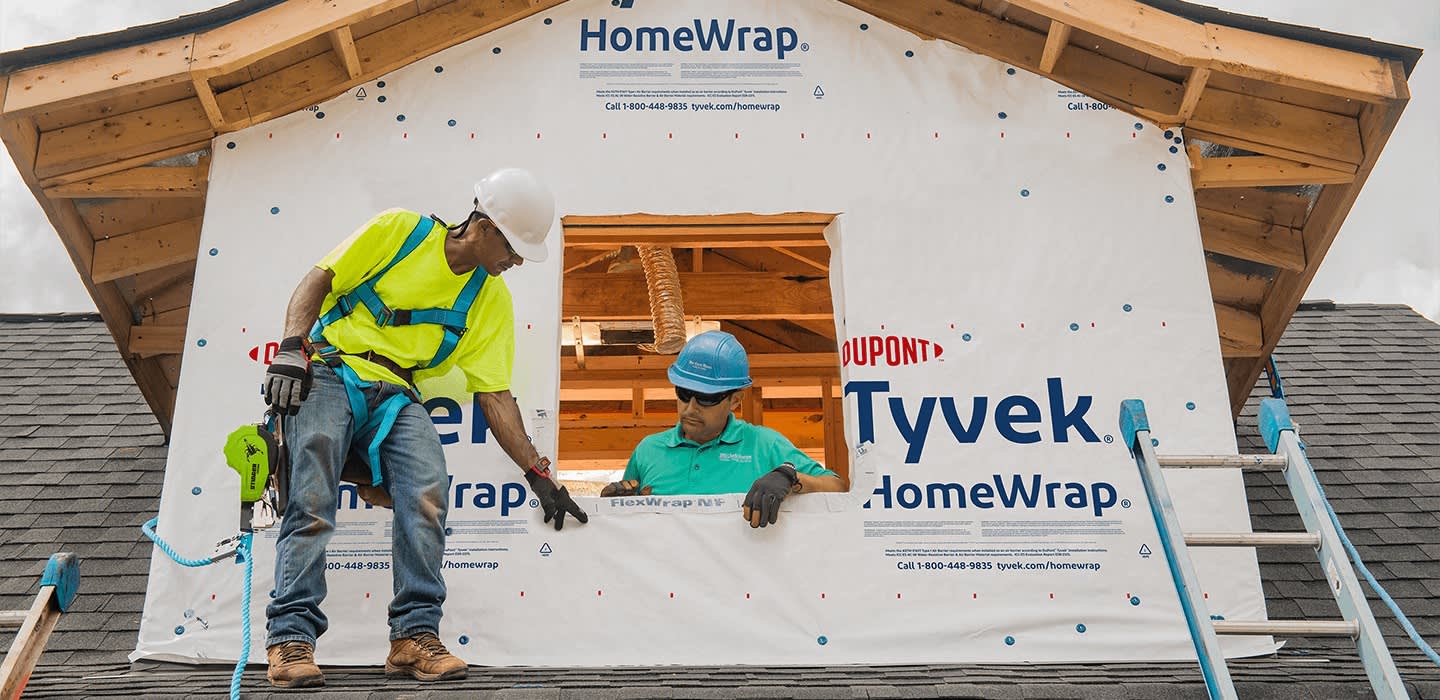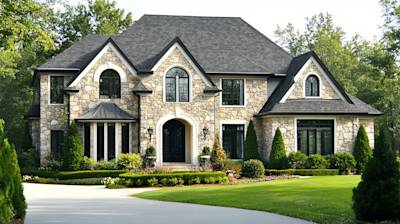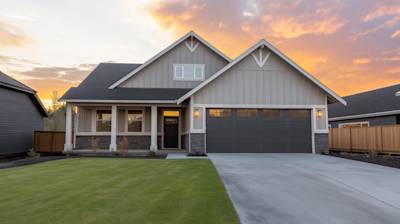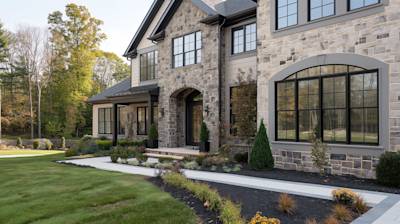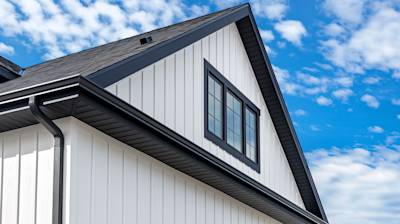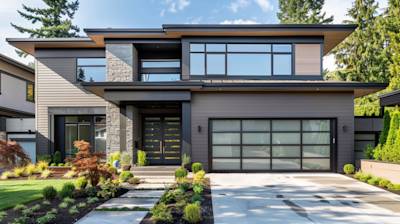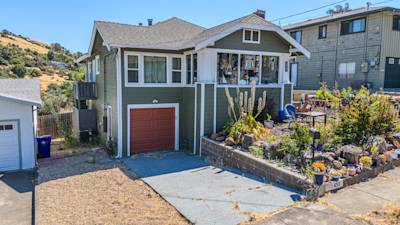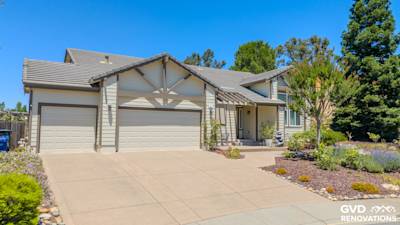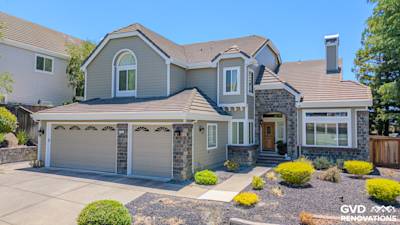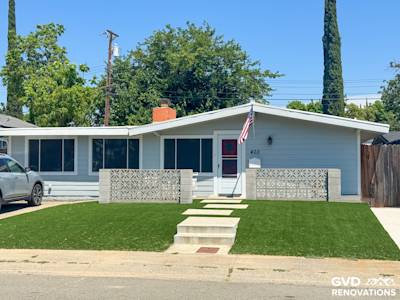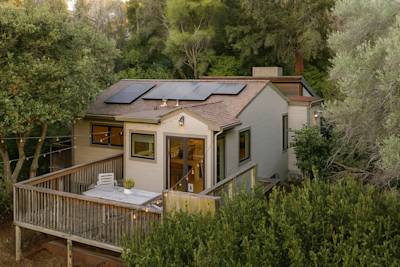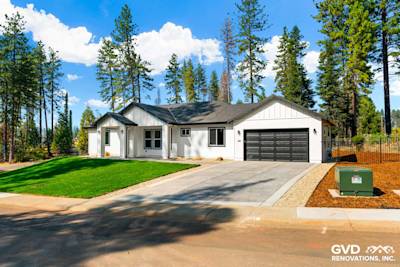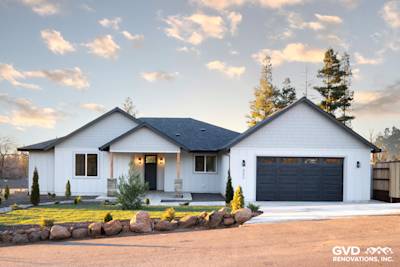With the advent of advanced materials and technologies in construction, builders, architects, and homeowners alike are continuously searching for innovative and efficient solutions to protect their homes. One widely popular and effective protection method is the use of Tyvek house wrap, an innovation to the construction industry that has taken home building to the next level.
Understanding Tyvek House Wrap and Its Unparalleled Features
Introduced by DuPont, a trusted name in the industry, Tyvek house wrap has quickly gained its reputation for superior durability, high performance, and overall excellence in securing homes from environmental elements. It's carefully designed to provide a weather-resistant barrier that reduces air and water infiltration, assisting in the prevention of mold and water damage, and contributing significantly to energy efficiency, leading to cost-saving benefits.
Quality and Durability
Manufactured with high-density polyethylene fibres, Tyvek home wrap offers exceptional resistance to damage, which includes tearing and puncturing. With proper handling and installation, it can provide long-lasting protection, making it a worthwhile investment.
What is Tyvek House Wrap?
Tyvek house wrap operates on a unique principle. It enables necessary moisture (such as water vapour) to escape while preventing bulk water from entering. It essentially breathes, thereby enabling the walls to dry, preventing mold growth and increasing energy efficiency.
The Science behind It
It might sound hard to understand, but the mechanism behind Tyvek house wrap is ingeniously simple. It’s based on letting air and moisture vapor escape while blocking water. This creates a more comfortable living environment, reduces energy costs and prevents mold build up and other problems associated with trapped moisture. This advanced technology positions Tyvek house wrap as a front runner in protecting homes.
Installation Process of Tyvek House Wrap
Installing Tyvek house wrap demands careful precision for maximum effectiveness. It's ideally installed by experienced professionals who adhere to manufacturer's guidelines. Steps include measuring, cutting, installing it into place with capped nails or staples, taping seams and corners, and inspecting for quality control.
Professional Installation is Key
Before hiring a contractor, ensure they have substantial experience in installing Tyvek house wrap. Although the installation process may seem simple, professional installation is key to gaining the maximum benefits of your house wrap.
Key Benefits of Using Tyvek House Wrap
- Superior Weather Resistance: It provides a trusted barrier against damaging weather elements and harsh climates, promoting longer home longevity.
- Energy Efficiency: By sealing the home against air leaks and drafts, it helps reduce heating and cooling costs, leading to reduced energy consumption and utility bills.
- Moisture Control: It allows excess moisture to escape, preventing mold and mildew build-up.
- Durability: Made from high-density polyethylene fibres, Tyvek house wrap provides reliable and long-lasting protection for your home.
Boost Your Home's Protection with Tyvek House Wrap
In today's world where quality, longevity, and energy efficiency are paramount in home construction, Tyvek house wrap emerges as a smart choice. It offers unparalleled protection against various harmful elements and contributes to making homes healthier, more comfortable, and more sustainable. Investing in Tyvek house wrap is indeed a sound decision for every homeowner.
Frequently Asked Questions about Tyvek House Wrap
Why is Tyvek House Wrap Used in Construction?
Tyvek house wrap is commonly used in construction because it serves as an excellent barrier against air and water infiltration while allowing water vapor to escape. This helps to reduce the energy needed to heat and cool your house, effectively making your home more energy-efficient. As it’s a synthetic material, it doesn’t support the growth of mold or mildew, a feature that makes it popular in construction.
What's the Difference Between Tyvek Home Wrap and Building Wrap?
While Tyvek Home Wrap is used in residential construction, Tyvek Building Wrap is designed for commercial projects. Both serve the same overall purpose – providing superior weather protection and energy efficiency. The main differences between the two are in the durability and handling characteristics, designed to meet the different demands of residential and commercial building projects.
Does Tyvek House Wrap have an R-Value?
No, Tyvek house wrap itself does not have an R-value, which is a measure of thermal resistance or insulation. The purpose of a Tyvek house wrap is not to provide insulation, but to act as an air and moisture barrier. It blocks drafts and moistures, helping your insulation to do its job more effectively.
How Durable is Tyvek House Wrap?
Tyvek house wrap is designed to withstand the rigors of a building site and withstand exposure to the elements for up to nine months. It’s resistant to tears and punctures, even in high wind and heavy rainfall. Moreover, it does not degrade over time, resisting damage from UV exposure and maintaining its performance qualities for many years.
Can Tyvek House Wrap be Painted?
Tyvek house wrap is not designed to be a finish surface and hence, it should not be painted. It is intended to be covered with siding or other exterior finishing.
Do I Need a Vapor Barrier with Tyvek House Wrap?
A vapor barrier and a house wrap like Tyvek serve different purposes. While a house wrap is a weather resistive barrier, a vapor barrier prevents the passage of moisture through a wall. Depending on the climate, you may need both a vapor barrier and a house wrap to achieve energy efficiency and prevent damage to your home.
What is the Life Expectancy of Tyvek House Wrap?
While the Tyvek house wrap is designed to withstand exposure to the elements for up to nine months during construction, once the wrap is fully installed and covered with an exterior cladding, it can last indefinitely. Its resistance to degradation, tearing and UV damage helps to maintain its performance for the lifespan of the home.
Pros & Cons of Using Tyvek House Wrap
Pros of Tyvek House Wrap
Durability
- One of the most significant advantages of the Tyvek house wrap is its impressive durability. Compared to alternative house wraps, Tyvek home wraps are resistant to tears and punctures, meaning they can withstand harsh weather conditions and external factors.
- Furthermore, Tyvek wraps maintain their integrity over time, guaranteeing you a long-lasting solution for shielding your home against the elements.
Water and Air Resistance
- Tyvek house wraps serve as excellent barriers against air and water penetration. By reducing the likelihood of water intrusion and air leakage, you can contribute to the overall energy efficiency of your home and potentially decrease your utility bills.
Moisture Control
- While blocking water and air, Tyvek house wraps are permeable to water vapor. This property allows moisture within your walls to evaporate and escape, reducing the risk of mold and mildew growth in your home.
Ease of Installation
- Compared to other types of house wraps, Tyvek house wrap boasts easy installation. Its light weight allows for easy handling during installation, potentially reducing labor costs.
Cons of Tyvek House Wrap
Cost
- While Tyvek house wraps offer numerous benefits, these benefits could come with a higher price tag. Depending on the size of your home, you could end up spending more when compared to other house wrap options.
- Moreover, even though the installation process is relatively straightforward, the cost to hire a professional installer can drive up the overall cost of using Tyvek house wrap.
Sensitivity to UV Light
- Despite its durability, Tyvek house wrap is sensitive to UV light. If left exposed to the sun for long periods, the material can degrade. Therefore, it's essential to install exterior cladding promptly after installing the Tyvek wrap.
Limited Insulation Properties
- While helping to boost the air-tightness of your home, the Tyvek house wrap does not contribute substantially to the thermal insulation of your home. Therefore, you may still need to invest in insulation materials.
Precision Required for Efficient Installation
- One more disadvantage of Tyvek house wrap is that it requires precision when installing. A poor installation can reduce its effectiveness considerably. For instance, incorrect overlap can result in moisture leaks.
Tyvek house wrap offers a sturdy water and air barrier that promotes improved energy efficiency and durability for your home. However, its sensitivity to UV light and the high cost may not make it an ideal solution for every homeowner. Also, the need for precision during installation can make it challenging for DIY enthusiasts. Hence, careful consideration and professional consultation is essential before deciding to use Tyvek house wrap for your building project.
Summary
Tyvek house wrap plays a very critical role in keeping the house structurally sound. It guards against air and moisture infiltration while making the home more comfortable and energy-efficient. Easy to install, lightweight, and water-resistant, this seemingly set-it-and-forget-it installation can contribute to a long-term sustainability plan for any new or existing structure. Essentially, it's a design choice that yields great results down the line, granting homeowners peace of mind regarding the durability of their homes.
Aside from its role as a barrier against external elements, Tyvek house wrap also enhances the longevity of the building structure. Its breathable material allows moisture from inside your home to escape, thereby preventing the build-up of mold and mildew. Consequently, it not only provides structural protection but also promotes a healthier living environment. With the great functionality it offers, every homeowner should certainly consider making this crucial addition to their home construction or renovation plans.
Ultimately, the value provided by Tyvek house wrap goes far beyond the upfront cost. Its high-quality design and material offer an optimal balance of water resistance and vapor permeability. This means that while it keeps damaging elements out, it also lets the house breathe. The result is a comfortable, energy-efficient, and durable home - sure to stand the test of time. With such benefits, Tyvek house wrap undoubtedly delivers a level of assurance and comfort to homeowners that is truly worth the investment.
About GVD Renovations & Remodeling
Welcome to GVD Renovations & Remodeling! We're a Sacramento, CA-based company that's passionate about transforming spaces into dream homes. With expert craftsmanship and years of experience, our team is dedicated to delivering top-notch renovation and remodeling services. Whether it’s a room addition, a complete home renovation, or a kitchen or bathroom remodel, we go the extra mile to ensure we bring your vision to life while incorporating our unique design ingenuity. Join us at GVD Renovations & Remodeling, where we move beyond ordinary!
This article is for general information only and not professional advice. Always consult a licensed contractor before making project decisions. Product details, specifications, or warranties may have changed since publication. Brand and product mentions reflect opinion, not endorsements or guarantees.
Tags: Tyvek House Wrap, Home Renovation, Insulation,
